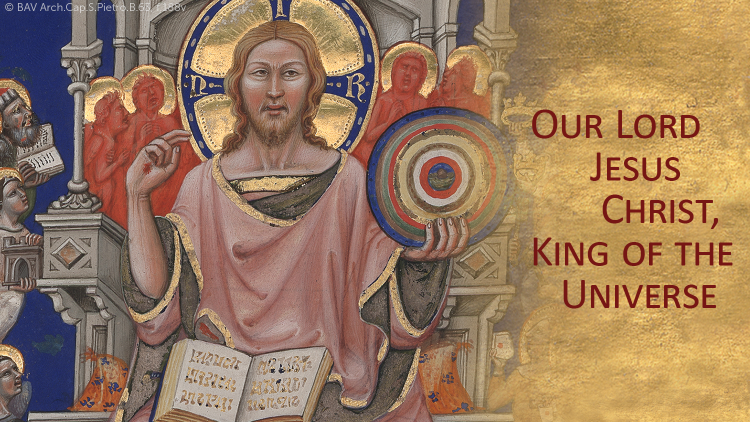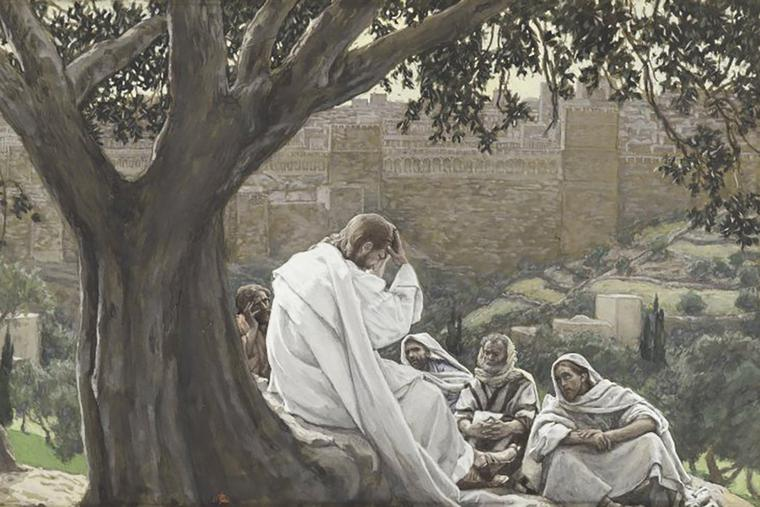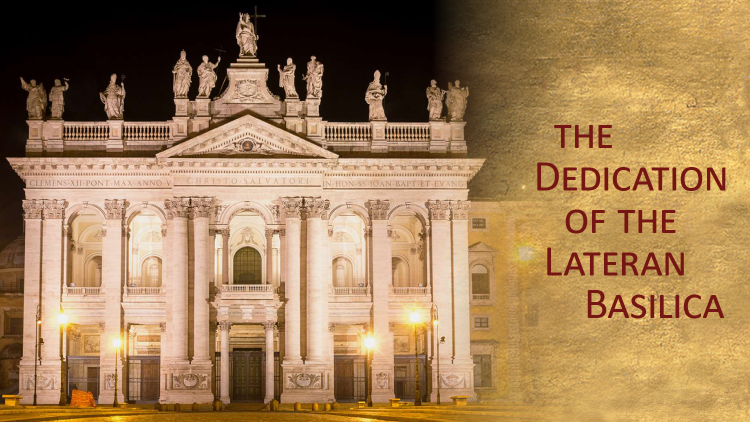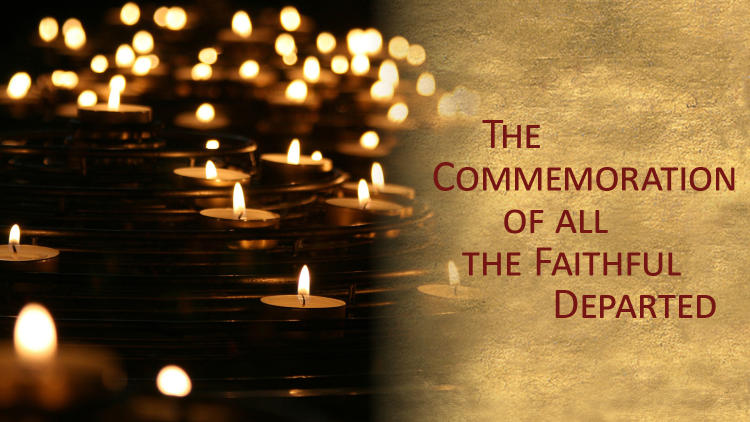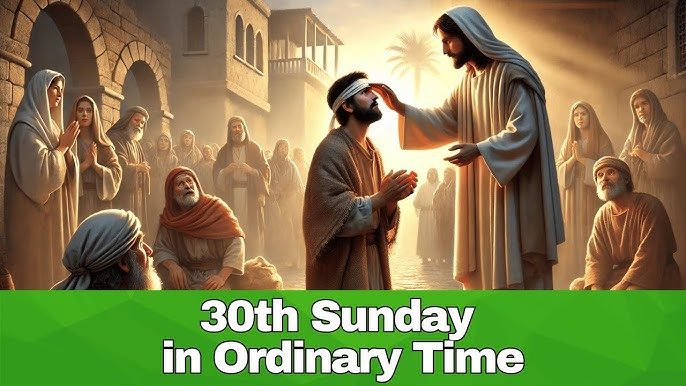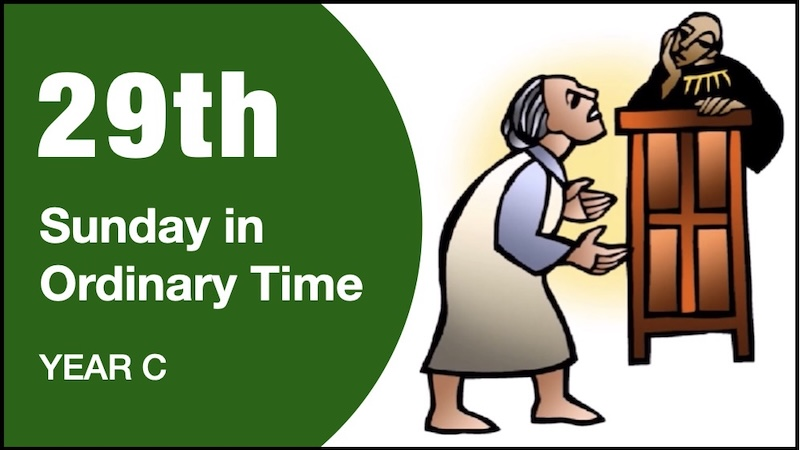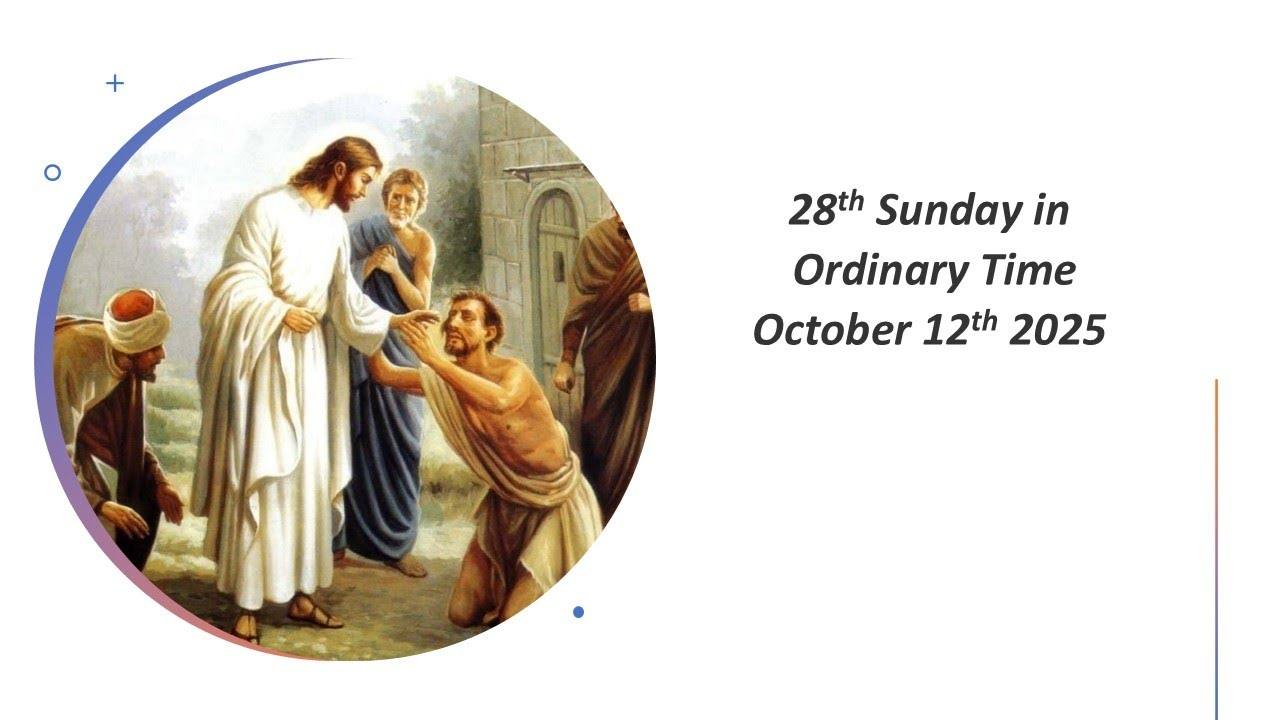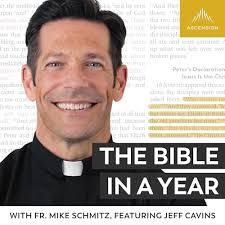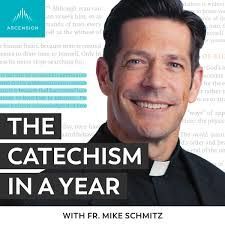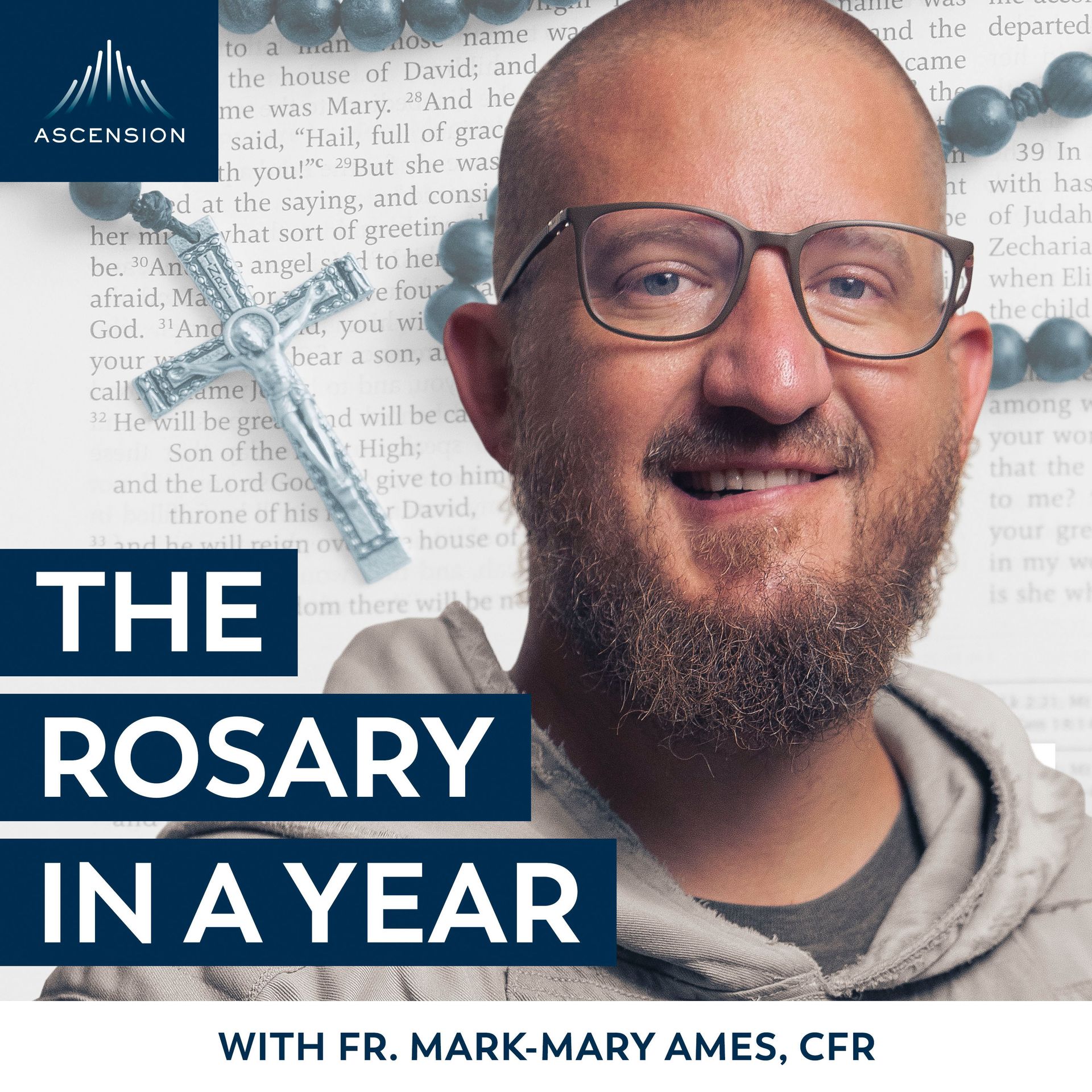Second Sunday of Advent, December 10, 2023
Dear Friends,
Advent this year is going to be very short. We will be unable to celebrate the whole of the 4th week of Advent because Christmas Eve falls on the same day as the 4th Sundayof Advent. Therefore, wemaywant togo aboutour spiritual preparations a bitmore intensely.
The Second Sunday of Advent directs our attention to the most prominent figure of the Advent People, namely, John the Baptist. He along with Mary and Joseph show us how we too can be the Advent People as we prepare for the Lord to be born in our hearts. John was sent ahead as a messenger to prepare the way. He was the voice crying in the desert, calling people to repentance. John knew who he was—a humble servant, regardless of his popularity. He had the perfect disposition for preparing to receive the Lord and to point him out to others. Let usstrip away everything that clutters the place in our lives and hearts that is intended for Christ, our Lord.
Now that we have completed our Advent Mission and the special Advent Reconciliation, please keep in mind and heart the salient elements of the Season of Advent represented by the four candles of the Advent Wreath that we light in sequence: hope, peace, joy and love. Taking the time to increase the dosesof these Adventvirtuesin our lives will help us better prepare to receive the Lord at Christmas.
At St. John’s, we focus every Tuesday of the Advent Season on something important in preparing to celebrate our Lord’s first coming and also in preparing for His final coming. Thank you for participating in and celebrating the Sacrament of Reconciliation last Tuesday. This Tuesday (5th December) is the Feast of Our Lady of Guadalupe. We will honor the patroness of the Americas and of the unborn with a special Mass at the Grotto at 6 p.m. followed by the Rosary.
Thanks to all who participated in the Children’s Hunger Project food packing event on Saturday. We put together more than 5,000 food packets. We are so grateful to you for your generosity! St. John’s has partnered with this Project from their inception. Please keep these children in your prayers.
On Thursday, December 14, we will receive our guests from the Developmentally Disabled Community to share with them a joy-filled, Christmas-themed luncheon. Please keep themin your prayers, that theymayalways feel the loving careofour Lord Jesus.
Congratulations to Gilbert and Frances Pharm, the recipients of the Family of the Month award for November 2023. We thank them for their love of the parish and especially for their commitment to the upkeep of the Grotto as members of the Guardians of the Grotto.
Enjoy the Season of Advent! With love,
Fr. John
W e e k 24 — SA C R A M E N T U M C A R I T AT I S ( TH E SA C R A M E N T O F C H A R I T Y : T H E E U C H AR I ST )
CONTINUATION OF THE POST-SYNODAL APOSTOLIC EXHORTATION SACRAMENTUM CARITATIS OF THE HOLY FATHER BENEDICT XVI TO THE BISHOPS, CLERGY, CONSECRATED PERSONS AND THE LAY FAITHFUL ON THE EUCHARIST AS THE SOURCE AND SUMMIT OF THE CHURCH'S LIFE AND MISSION
P A R T T W O : T H E E U C H A R I ST — A M Y ST E R Y T O B E C E L E B R A T E D ( c on t i n u e d )
"Truly, truly, I say to you, it was not Moses who gave you the bread from heaven; my Father gives you the true bread from heaven" (Jn 6:32)
ADORATION AND EUCHARISTIC DEVOTION
THE INTRINSIC RELATIONSHIP BETWEEN CELEBRATION AND ADORATION
- One of the most moving moments of the Synod came when we gathered in Saint Peter's Basilica, together with a great number of the faithful, for eucharistic adoration. In this act of prayer, and not just in words, the assembly of Bishops wanted to point out the intrinsic relationship between eucharistic celebration and eucharistic adoration. A growing appreciation of this significant aspect of the Church's faith has been an important part of our experience in the years following the liturgical renewal desired by the Second Vatican Council. During the early phases of the reform, the inherent relationship between Mass and adoration of the Blessed Sacrament was not always perceived with sufficient clarity. For example, an objection that was widespread at the time argued that the eucharistic bread was given to us not to be looked at, but to be eaten. In the light of the Church's experience of prayer, however, this was seen to be a false dichotomy. As Saint Augustine put it: " nemo autem illam carnem manducat, nisi prius adoraverit; peccemus non adorando – no one eats that flesh without first adoring it; we should sin were we not to adore it." (191) In the Eucharist, the Son of God comes to meet us and desires to become one with us; eucharistic adoration is simply the natural consequence of the eucharistic celebration, which is itself the Church's supreme act of adoration. (192) Receiving the Eucharist means adoring him whom we receive. Only in this way do we become one with him, and are given, as it were, a foretaste of the beauty of the heavenly liturgy. The act of adoration outside Mass prolongs and intensifies all that takes place during the liturgical celebration itself. Indeed, "only in adoration can a profound and genuine reception mature. And it is precisely this personal encounter with the Lord that then strengthens the social mission contained in the Eucharist, which seeks to break down not only the walls that separate the Lord and ourselves, but also and especially the walls that separate us from one another." (193)
THE PRACTICE OF EUCHARISTIC ADORATION
- With the Synod Assembly, therefore, I heartily recommend to the Church's pastors and to the People of God the practice of eucharistic adoration, both individually and in community. (194) Great benefit would ensue from a suitable catechesis explaining the importance of this act of worship, which enables the faithful to experience the liturgical celebration more fully and more fruitfully. Wherever possible, it would be appropriate, especially in densely populated areas, to set aside specific churches or oratories for perpetual adoration. I also recommend that, in their catechetical training, and especially in their preparation for First Holy Communion, children be taught the meaning and the beauty of spending time with Jesus, and helped to cultivate a sense of awe before his presence in the Eucharist
Here I would like to express appreciation and support for all those Institutes of Consecrated Life whose members dedicate a significant amount of time to eucharistic adoration. In this way they give us an example of lives shaped by the Lord's real presence. I would also like to encourage those associations of the faithful and confraternities specifically devoted to eucharistic adoration; they serve as a leaven of contemplation for the whole Church and a summons to individuals and communities to place Christ at the centre of their lives.
FORMS OF EUCHARISTIC DEVOTION
- The personal relationship which the individual believer establishes with Jesus present in the Eucharist constantly points beyond itself to the whole communion of the Church and nourishes a fuller sense of membership in the Body of Christ. For this reason, besides encouraging individual believers to make time for personal prayer before the Sacrament of the Altar, I feel obliged to urge parishes and other church groups to set aside times for collective Naturally, already existing forms of eucharistic piety retain their full value. I am thinking, for example, of processions with the Blessed Sacrament, especially the traditional procession on the Solemnity of Corpus Christi , the Forty Hours devotion, local, national and international Eucharistic Congresses, and other similar initiatives. If suitably updated and adapted to local circumstances, these forms of devotion are still worthy of being practised today. (195)
THE LOCATION OF THE TABERNACLE
- In considering the importance of eucharistic reservation and adoration, and reverence for the sacrament of Christ's sacrifice, the Synod of Bishops also discussed the question of the proper placement of the tabernacle in our (196) The correct positioning of the tabernacle contributes to the recognition of Christ's real presence in the Blessed Sacrament. Therefore, the place where the eucharistic species are reserved, marked by a sanctuary lamp, should be readily visible to everyone entering the church. It is therefore necessary to take into account the building's architecture: in churches which do not have a Blessed Sacrament chapel, and where the high altar with its tabernacle is still in place, it is appropriate to continue to use this structure for the reservation and adoration of the Eucharist, taking care not to place the celebrant's chair in front of it. In new churches, it is good to position the Blessed Sacrament chapel close to the sanctuary; where this is not possible, it is preferable to locate the tabernacle in the sanctuary, in a sufficiently elevated place, at the centre of the apse area, or in another place where it will be equally conspicuous. Attention to these considerations will lend dignity to the tabernacle, which must always be cared for, also from an artistic standpoint. Obviously it is necessary to follow the provisions of the General Instruction of the Roman Missal in this regard. (197) In any event, final judgment on these matters belongs to the Diocesan Bishop.
(191) Enarrationes in Psalmos 98:9, CCL XXXIX, 1385; cf. Benedict XVI, Address to the Roman Curia (22 December 2005): AAS 98 (2006), 44-
(192) Propositio6.
(193) Benedict XVI, Address to the Roman Curia (22 December 2005): AAS 98 (2006),
(194) Propositio 6; Congregation for Divine Worship and the Discipline of the Sacraments, Directory on Popular Piety and the Liturgy(17 December 2001), Nos. 164-165, Vatican City, 2002; Sacred Congregation of Rites, Instruction Eucharisticum Mysterium(25 May 1967): AAS 57 (1967), 539-573.
(195) Relatio post disceptationem, 11: L'Osservatore Romano, 14 October 2005, p. 5.
(196) Propositio28.
(197) Cf. No. 314.


